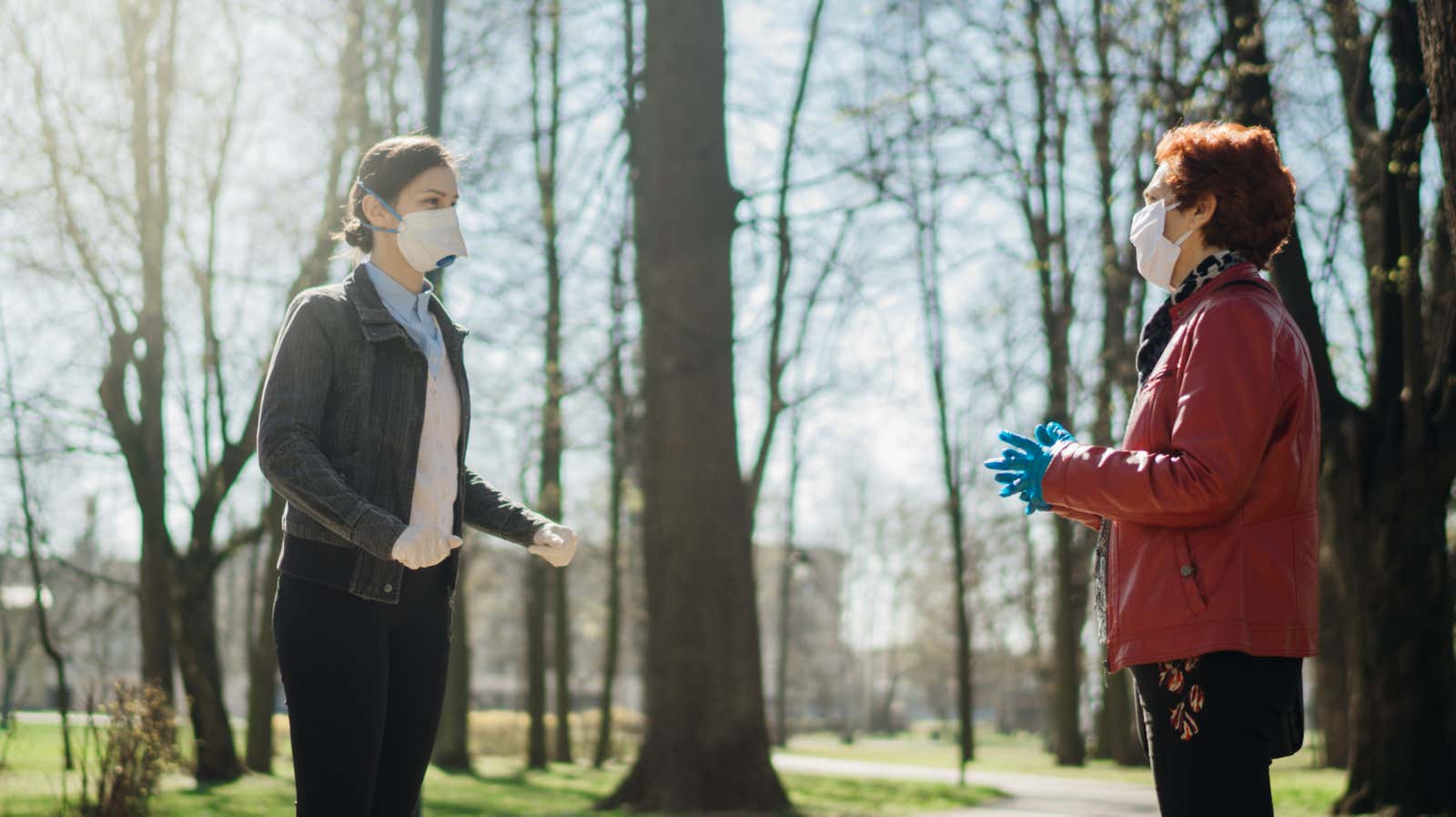What We Actually Know About Asymptomatic Transmission

You may have seen headlines recently that “symptom-free patients” are not contributing to the spread of the coronavirus. This may mean that all of our masking and distancing measures are useless – but this is a misunderstanding of the evidence.
The World Health Organization’s COVID-19 technical director, Maria van Kerkhove, responded to a question at a press conference yesterday in which she said “asymptomatic” spread was “very rare.” Today in a special Q&A session, she said it was a mistake to use those particular words and explained what data they are based on. You can see all this here :
WHO’s understanding of transmission, including how much may be asymptomatic, is discussed on page 2 of their new mask guide . Unfortunately, it is not very clear how many cases of transmission occur from people without symptoms, and the paper acknowledges that there is only a handful of studies available on the subject. However, these studies are quite limited, so we cannot say for sure how many people are truly asymptomatic or how likely these people are to spread the virus.
What do we really know
People who contract the virus and show symptoms appear contagious for one to three days before their symptoms appear. They are then contagious during illness and possibly for some time thereafter. One study found that people with “mild” symptoms were contagious within eight days of symptom onset, with the highest viral load at the onset of the disease. Sick people can be contagious for longer.
To understand this, there are three groups of people who can transmit COVID-19 to others:
- People who are currently ill (with symptoms)
- People who have been infected with the virus but have never shown symptoms (asymptomatic)
- People who have been infected with the virus who will develop symptoms but do not yet know about it (pre-symptomatic)
According to the WHO, the first group – symptomatic patients – is responsible for “most” of the spread. Specifically: people with symptoms who are in close contact with others and do not use personal protective equipment such as masks.
But other groups are still contributing. We just don’t know exactly how much yet.
There have been only a few studies done on truly asymptomatic people. Based on this and some unpublished data, WHO states that “asymptomatic people are much less likely to transmit the virus than those who develop symptoms.” But a specific number cannot be determined.
But people with pre-symptomatic symptoms are a different matter. It is possible that everyone who gets sick will spend some time in this contagious, pre-symptomatic condition. They may walk thinking they are healthy when they actually have the highest viral load and will develop fever or other symptoms within a few hours or days.
This is why, as Mike Ryan of WHO said today, COVID-19 has spread so widely across the world. For other recent diseases of concern, such as Ebola and SARS, you are not likely to spread them until you feel symptoms. Therefore, transmission from people currently asymptomatic is an important part of the picture, regardless of the exact numbers.
Recall: according to the interpretation of the WHO, most infections come from people who are currently sick. Some come from people who are not yet sick or will never get sick.
What does this mean for masks and other recommended measures
All the measures you’ve heard of are still important. If you get sick, you can spread the virus, so it is important to stay at home whenever possible. If you do not feel bad now, you should all abide by the same distance, wear a mask and follow all of the remaining recommendations. Undoubtedly, people who are doing well can spread the virus, whether asymptomatic or prior to symptoms.
You may also be sick – with symptoms – without realizing that you have COVID-19. Some people with mild illness may simply feel uncomfortable or think their allergies are worse than usual. You may feel good enough to go shopping, but the study will list you as symptomatic.
So while the WHO statement may seem confusing, nothing really has changed. Continue to take extra care if you or your loved one gets sick, and keep following instructions, including about masks and physical distance, even if you feel good.
Update 06/09/2020: The press conference at which Maria Van Kerkhove said asymptomatic transmission is “very rare” took place on June 8th, not Friday, as we stated earlier. You can hear the reporter’s question and Van Kerkhove ‘s answer at this link, starting at 31:48.